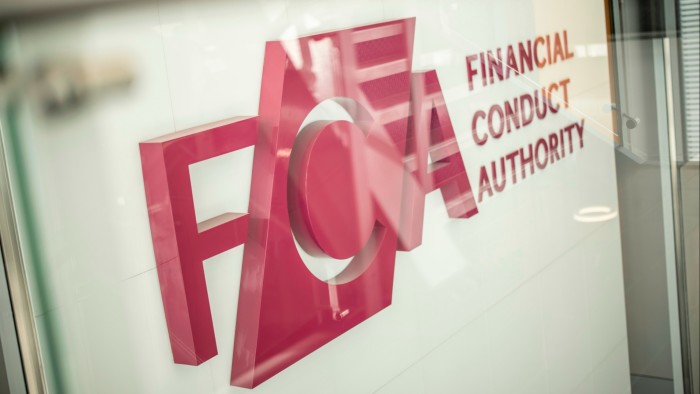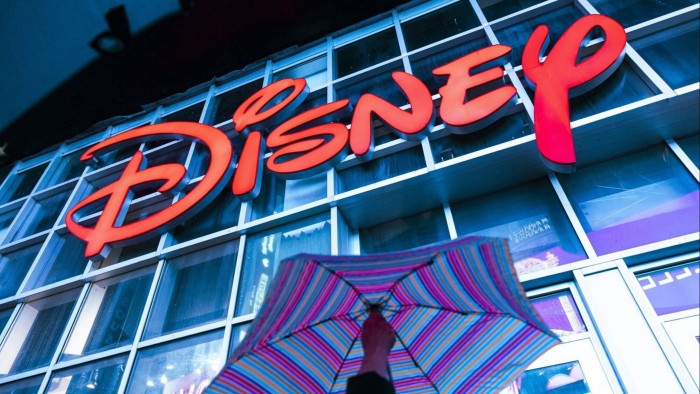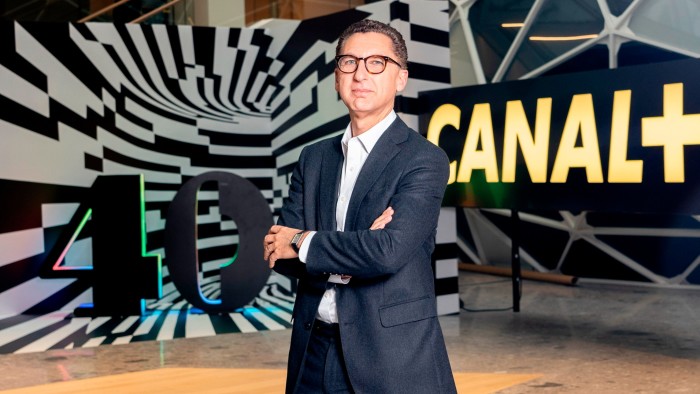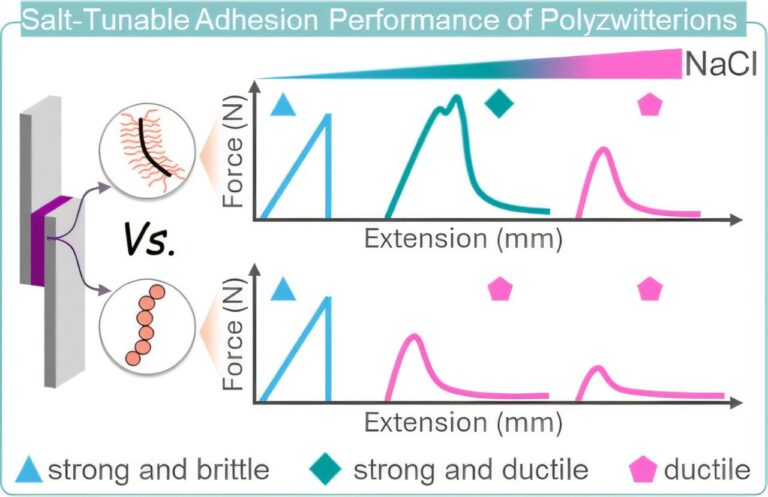
On February 23, senior staff at the UK’s most prominent emerging markets fund manager made a prediction about Russia.
Many countries, including the US, had warned that an invasion of neighbouring Ukraine was imminent. But while strategists at Ashmore kicked off their briefing saying investors needed to be cautious, their conclusion was clear: top managers at the FTSE 250-listed group did not believe Russia’s president Vladimir Putin would launch a full-scale invasion.
Indeed, it had accumulated nearly €143mn in Russian government debt by the end of January — as more than a hundred thousand of Moscow’s troops massed on the border, according to data from Morningstar covering the group’s publicly available funds.
In the early hours of the next morning, Russian troops crossed the border and the war began. By the end of February, the worth of Russian debt had fallen 80 per cent; a month later money managers across the industry were writing it down to virtually zero.
Ashmore, which manages assets of £64bn, was not the only investor to be wrongfooted. “Everyone was wrong on Russia, very few funds had no Russia exposure. It wasn’t a controversial view,” said an emerging markets fund manager at a rival firm.
Nevertheless, the soured bet compounded investor nerves given the years-long downturn across emerging markets, which has weighed on Ashmore’s performance and profitability. Assets under management have fallen by a third since last September and the stock has fallen by the same amount since the start of the year.
Many shareholders say they plan to stick with Ashmore, which for most is synonymous with founder, chief executive and biggest shareholder Mark Coombs.
“It’s a good business that’s well run, with loads of alignment with shareholders, but one person dominates so it becomes idiosyncratic,” said an industry veteran. “The more idiosyncratic bets there are, the more people become concerned there’s stuff beneath the floorboards.”
Performance
Ashmore’s ethos is that it is bullish on emerging markets — which offer higher growth but bigger risks — in all seasons. It had early success pioneering investments in emerging market debt and frontier market stocks and in downturns has argued that clients can take advantage of lower prices to increase their allocations.
The London-based firm has ridden out market cycles for three decades. But high-profile contrarian calls that Chinese property developer Evergrande will repay bondholders and a $1bn bet on Lebanese sovereign debt, even though many experts have concluded the Levantine country will not repay, have frayed nerves.
More broadly the case for investing in emerging markets has become far weaker with growth rates slowing and economies hobbled by the fallout of dealing with the pandemic — even as western central banks raise rates and the dollar strengthens.
Clients pulled $6.6bn in the three months to June and profits fell 58 per cent year on year. Hedge funds have increased their bets that the shares will tumble still further.
While Ashmore’s investors and clients are primed to expect ups and downs, only 28 per cent of investments outperformed their 3-year benchmark, the company said in the 12 months to June, down from 57 per cent in 2021.

“They have never underperformed this long before, so we’re in uncharted territory,” said one analyst. “They are highly active, and they’re doing what they’re supposed to: making top-down contrarian calls. But that contrarian balance hasn’t worked in two to three years.”
Ashmore has been adamant that it will not alter its approach and argues emerging markets will begin to revive when there is further clarity around the end point of the US Federal Reserve rate-increasing cycle.
As he presented results in August, Coombs told shareholders: “History shows that, after a period of market dislocation, the subsequent recovery returns and outperformance delivered by Ashmore’s investment processes have been substantial.”
Many back this view. “The record shows they are very good at this,” said Rae Maile at Panmure Gordon. The investment philosophy is that “when everyone is angst-ridden, that’s when we increase risk in the portfolio and we know we will get it back . . . They do what they say, and that’s what clients want.”
But another rival investor said Ashmore’s large size was problematic when things go badly: “[They]have to put glitter on a turd, because they’re stuck owning the market in a bear.”
Coombs and culture
One concern is the perception among shareholders, analysts and former employees that almost all decisions are run through Coombs.
Ashmore was founded in 1992 when Coombs and six other founding managers spun it out of the Australia and New Zealand Banking Group (ANZ). The company listed in London in 2006.
The billionaire is famously private and does not speak to the media and rarely to analysts, leaving this to group finance director Tom Shippey and Paul Measday, head of investor relations. Coombs declined to be interviewed for this article while Ashmore declined to provide comment.
Internally however Coombs, who has been CEO since 1998, remains central to the operation, the only one of the founding generation still at the group.
He is described by current and former employees and investors as relentlessly focused on the company and maintaining relationships with clients, but also impatient and loath to delegate.
As other founders have left the group, the number of people with the stature to challenge him also appears to have dwindled. “The original idea was to have equality between founders but it’s drifted a long way from that,” said one former employee.
Another said: “It’s very dominated by Coombs. I’ve never worked anywhere where the business is so dominated by one person, with everyone constantly asking themselves: ‘What would Mark think’.”
The person close to Ashmore challenged the argument that Coombs dominated, pointing to its investment committee and board as sources of authority, and said the chief executive is not central to every decision.
Coombs also retains significant control by owning 33 per cent of the company — although this is down from almost 40 per cent three years ago. He pledged to cut his stake to about 30 per cent after a 2018 warning from Institutional Shareholder Services that he could gain “creeping control”.
Many argue this makes him highly aligned with Ashmore’s shareholders and clients. “He founded it and he’s chief executive . . . it’s essentially Coombs asset management. His steering of the company is one of the biggest cases for buying it,” said Maile at Panmure.
Ashmore is known for its lean cost structure — a design intended to help it withstand volatile EM cycles — with most employees on what is, for the industry, a low base salary of about £100,000 with a large part of remuneration offered in equity. Coombs forgoes a bonus when Ashmore underperforms, regarded by many in the market as symbolic of this ethos.
What comes now
With a sizeable cash buffer, no debt and a commitment to maintain a generous dividend, Ashmore can afford to wait out the long drought in emerging markets.
It has also developed local fund management businesses in other markets, such as Colombia and Indonesia to help diversify.
Despite sweeping consolidation in the asset management industry there is no suggestion that they might be a takeover target given Coombs’s shareholding, with employees owning about another 10 per cent.
But another trend threatens its model of active management: the push by the passive investing industry into emerging market assets.
“The bigger that universe of issued debt becomes, the easier it becomes to replicate in an index proxy. If you underperform consistently — or get caught in something like being completely on the wrong side of China property — I do think that’s a difficult position,” said the industry veteran.





